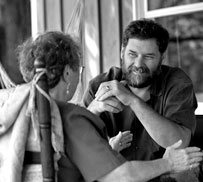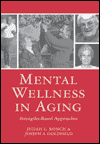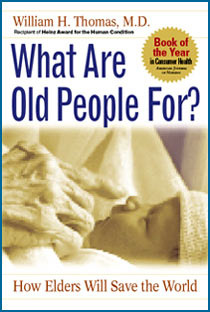![]()
Search
Recent Posts
- ChangingAging.org Redesign -- Please Bookmark!
- Disaster in Buffalo
- Power Up Friday
- Blanchard WinsDays
- Kevin Frick writes...
- Monkhouse Monday
- Getting Closer!
- Blanchard WinsDays
- Power Up Friday
- My Pick for Health and Human Services
- Understanding Health Care Reform
- Facts Are Stubborn Things: Social Security Edition
- Monkhouse Monday
- Localism is Coming
- Krugman Can't Wait...
Recent Comments
Category Archives
- AGING 100
- Aging
- Culture
- Dementia
- Eden Alternative
- Erickson School
- Green House
- Health Policy
- Longevity
- Media
- Rockets
Monthly Archives
- February 2009
- January 2009
- December 2008
- November 2008
- October 2008
- September 2008
- August 2008
- July 2008
- June 2008
- May 2008
- April 2008
- March 2008
- February 2008
- January 2008
- December 2007
- November 2007
- October 2007
- September 2007
- August 2007
 Subscribe to this blog's feed
Subscribe to this blog's feed
Announcements

Blog Data
« Reverse Reverse Aging | Main | Trigger Finger »
November 8, 2007 |Permalink |Comments (0)
Sticks and Stones
Let's put first things first. The research on which the osteoporosis article I am blogging about was funded by Merck & Co. Inc. Merck also, by the way, manufactures and sells an anti-osteoporosis drug called FOSOMAX.
Got that?
The fact that the company funded the research doesn't automatically mean that the results are biased but it is important to know where the money came from and be alert to the possibility the source of the funding influenced the outcomes.
Now what about the research itself?
It turns out that communication is good medicine. Doctors and nurses have known that for a long time but here is some proof. When e-mail messages, letters and phone calls are directed to patients and their primary care providers after a bone fracture, the information provided can dramatically improve the diagnosis and management of the patients' osteoporosis. This is the largest study to
show that electronic medical records improve the continuity of care for
osteoporosis, according to a Kaiser Permanente study in the September issue of the
Journal of the American Geriatrics Society.
"Often when a patient sustains a fracture, there is a disconnect between the treating orthopedist and the patient's primary care physician. With Kaiser Permanente's computerized database and integrated care delivery system, we can closely monitor and follow patients with fractures and prevent that disconnect," said Adrianne Feldstein, MD, MS, an investigator at the Kaiser Permanente Center for Health Research (CHR) in Portland and the lead author of the study. "This intervention has broad applicability to a large group of health care providers - from local health departments to HMOs to PPOs - with access to electronic billing or clinical data. Armed with that data, these health organizations can make sure their patients with fractures get appropriate bone density screening follow up."
Does it matter? Heck yeah...
"Osteoporosis now causes more deaths annually than breast cancer and ovarian cancer combined," said Dr. Feldstein "This study shows that we can cost-effectively improve management with interventions as simple as e-mails, letters and phone calls. That in turn should reduce fractures and mortality, and improve quality of life."
Here is the thing, despite what their advertising agencies would have you believe, not every medical breakthrough is the product of a drug company laboratory. In fact many of the most important discoveries involve learning more about the safe and effective use of the medications and treatments we already have.

Want to learn more about x-rays of the hip? Click here. It just takes practice!














